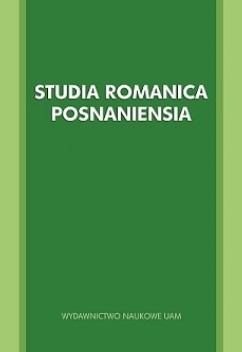Pensar a través de la ciudad: La trabajadora de Elvira Navarro y Lectura fácil de Cristina Morales
Thinking through the city: La trabajadora by Elvira Navarro and Lectura fácil by Cristina Morales
Author(s): Magda PotokSubject(s): Comparative Study of Literature, Other Language Literature, Rural and urban sociology
Published by: Uniwersytet Adama Mickiewicza
Keywords: contemporary Spanish fiction; women’s literature; politics & literature; crisis fiction; Cristina Morales; Elvira Navarro;
Summary/Abstract: In so-called “crisis novels” that appeared in Spain following the economic collapse of 2008, the city comes to represent not only the scene of the explicit dramatic situations of the characters (poverty, precarity, unemployment, evictions, homelessness, occupy movement, street protests, or gaps in social services) but also the imagery of decay and conflict. The city comes across as an uncomfortable space, characterized by inhospitable peripheries and abandoned constructions, which is consonant with the sense of helplessness and extreme loneliness of the protagonists. However, in contrast to the paralysis and the nervous breakdown evident in La trabajadora (2014) by Elvira Navarro (alienating perspective), Cristina Morales’s Lectura fácil (2018) represents the urban space as a battlefield that leads to the awareness-raising and the politicization of the experience of a crisis (revolutionary perspective). Both novels, focused on “the right to housing”, come to reveal a great deal of indignation and protest against the neo-liberal policies and the contemporary capitalist city, responsible for exclusion and inequality. Their demands coincide with the political proposal of “the right to the city” (Lefebvre, 1968; Harvey 2013), which raises the possibility of living a worthy life in the city, with an equitable distribution of resources and respect for different sensitivities.
Journal: Studia Romanica Posnaniensia
- Issue Year: 49/2022
- Issue No: 1
- Page Range: 53-66
- Page Count: 14
- Language: Spanish

